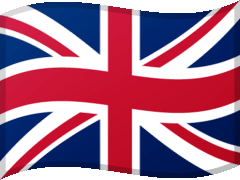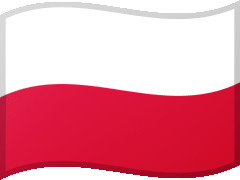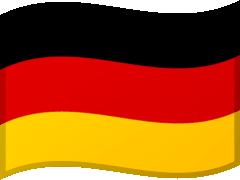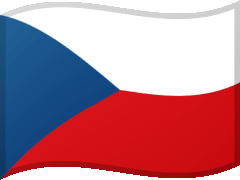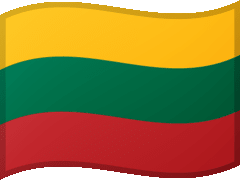The first attempts at revival of the opposition activity in Latvia took place in 1986. The true breakthrough came two years later when the Popular Front and, initially, the less popular National Independence Movement were established. Demonstrations in support of independence gathered more and more participants. The largest one was the “living chain” organised on 23 August 1989 together with Lithuanians and Estonians, a reminder of the consequences of the Molotov-Ribbentrop Pact.
On 18 March 1990, free elections to the Supreme Council of the Latvian Socialist Soviet Republic were held. Two thirds of the votes were won by the pro-independence coalition formed by the Popular Front. The Parliament adopted the declaration on “Restoration of the Independence of the Latvian Republic" on 4 May. Despite the fact that it provided for gradual independence from Moscow, Soviet President Mikhail Gorbachev issued a decree declaring the declaration null and void. The numerous Russian minority tried to thwart the efforts aimed at regaining independence. Relations with this minority remain a serious problem even to this day.
The last attempt at keeping Latvia within the USSR was made by the Soviet authorities in January 1991. First, OMON units occupied several strategic buildings, including the main press printing house and the headquarters of the Ministry of Interior Affairs. After an attack by the Soviet army on Lithuania, hundreds of thousands of people gathered in Riga on 13 January 1991. Barricades were erected in the city to stop the attack. Six people were killed in the fighting. After the unsuccessful coup d’etat in Moscow, on 6 September, the Soviet authorities recognised the independence of Latvia as well as Lithuania and Estonia.
The last Russian soldiers left Latvia in 1995 and nine years later, the country joined NATO and the EU.
